Branding. Everyone seems to have something to say on the subject, so much so that writing fresh content on branding feels like a thankless task.
But it bears repeating: branding is about much more than just a logo or a collection of key messages. It’s how you tell the world who you are, and as long as there’s more “you” to talk about, there will continue to be a need for conversations about brand voice and tone.
No matter what size you are, it pays to spend time nailing down your brand voice and tone. Your reputation lives and dies on your ability to follow through on your promises, but it takes a solid brand to communicate that promise in the first place.
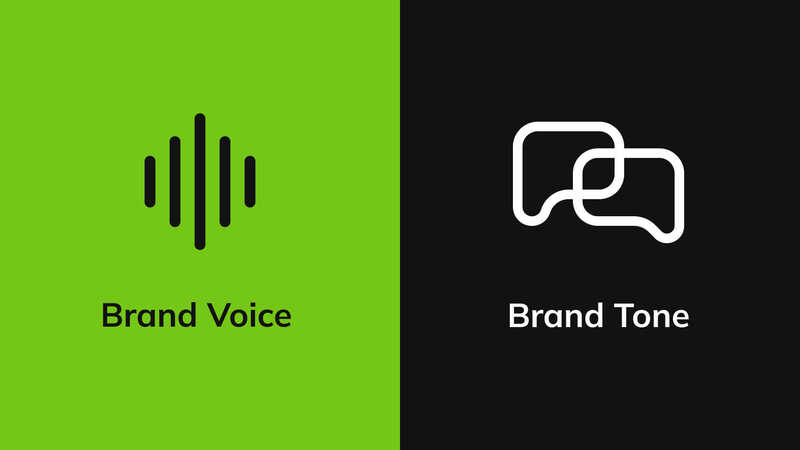
Brand “Voice” Versus Brand “Tone”
Think of your favourite singer. From Luciano Pavarotti to Lady Gaga, all of history’s great singers have had voices that were at once wide-ranging in their emotional palette and yet immediately recognizable regardless of the musical setting.
The immediate recognizability factor is your brand “voice”. Voice is your brand’s personality, and that personality is always the same. “Tone”, by contrast, is how you express yourself with that voice, and that can vary considerably depending on the context.
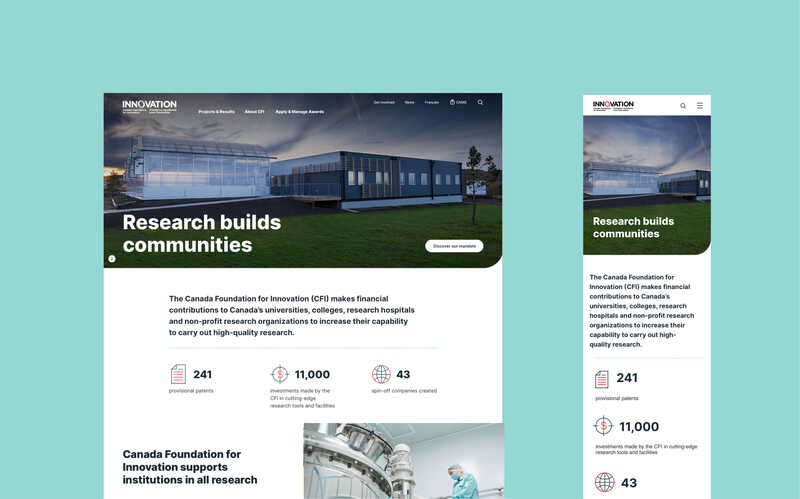
The Canadian Foundation for Innovation (CFI), whose website we recently redesigned, is a great example of an organization that maintains a consistent brand voice while adjusting its tone to suit different audiences. Its overall brand voice is serious, matter-of-fact and geared toward an educated audience. Nevertheless, its website varies considerably in its tone, from storytelling mode in its podcasts to confident (with lots of adjectives) in its public-facing summaries to bare-bones informative in explaining how to apply for grants.
At Evolving Web, we, too, have a brand voice that we work to maintain. That voice is serious yet friendly and open, with a focus on straightforward answers to (often) complex questions. Our tone, however, varies a lot. Our blog posts range from chatty and casual to more serious and technical depending on the subject matter.
Discipline Equals Freedom: The Importance of Finding – and Maintaining – Your Brand Voice
It’s vital to establish a brand voice, if for no other reason than to reinforce the humanity behind the brand.
People will forget what you said. People will forget what you did. But people will never forget how you made them feel. -- Maya Angelou
Remember that time you got prompt customer service over the phone or via chatbot? That doesn’t happen by accident, it’s the result of a creative process that begins with identifying your brand tone and instilling it organization-wide.
Far from a straight jacket, a brand voice enables the humans in an organization to be themselves and engage in genuine human dialogue with their audience. With a bit of messaging discipline comes a great deal of freedom – the freedom to be ourselves within the framework of a brand.
Read more: Art Direction within a Brand: Embracing Constraints
Three Steps to Finding Your Brand Voice
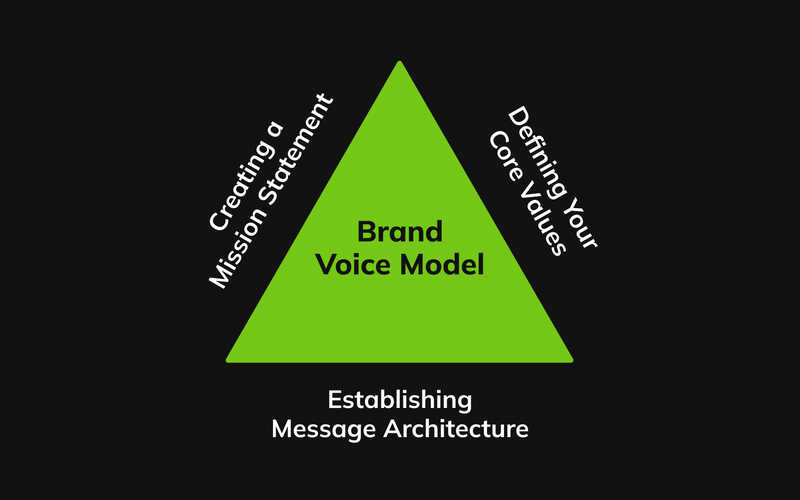
-
Defining your core values
-
Creating a mission statement
-
Establishing message architecture
NASA is an example of an organization with a very recognizable brand voice and a clearly stated set of core values, which are: curiosity, teamwork, excellence, passion for exploration, agility and resilience.
Closer to home, Montreal’s Space for Life (Espace pour la vie) museum district – Canada’s largest natural sciences complex – has a distinct brand voice centred on sustainability. Central to this is its charter of commitment and 11 areas of focus, which are:
-
Biodiversity
-
Natural and cultural heritage
-
Environmentally responsible practices
-
Waste management
-
Natural resource management
-
Sustainable transportation
-
Ecodesign
-
Information, awareness and education
-
Governance and the workplace
-
Economic activity
-
Social engagement
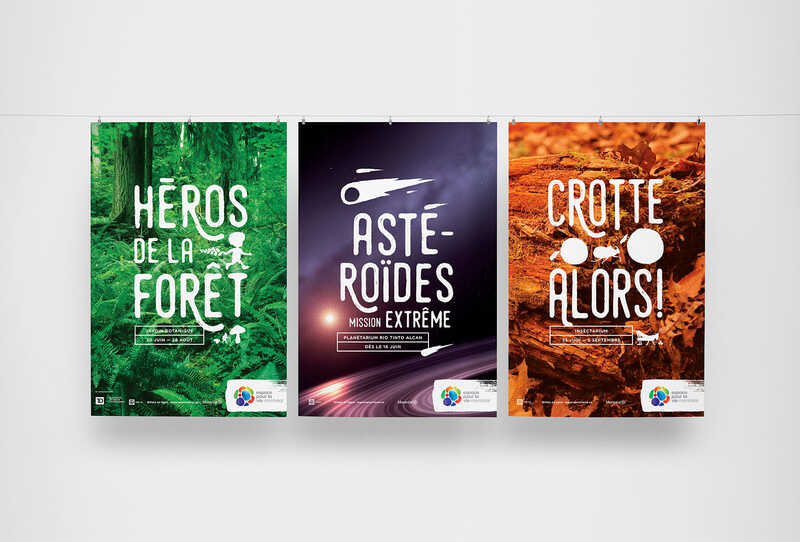
Once you’ve nailed down your core values, you can then create a mission statement. A mission statement should define your company goals, specify your audience and otherwise highlight how you want your company or organization to be seen.
Mission statements can – and should – be ambitious. For example, Nike’s stated mission is “to bring inspiration and innovation to every athlete in the world,” with the added qualifier that “If you have a body, you are an athlete.”
Message architecture, also called messaging framework, is a means of bringing your mission statement back to earth and translating your brand voice into a context-specific brand tone. It’s a prioritized set of communication goals that guides team efforts across an organization.
To create your own message architecture, come up with a list of between 50 and 100 adjectives that describe your industry, and divide them into three groups:
-
Who you are
-
Who you would like to be
-
Who you are not
From this list (specifically from the “who you are” and “who you would like to be” columns) you can develop a messaging strategy that will help you narrow down what tone to use in different contexts.
Getting To Know Your Audience
Establishing a clear and consistent brand voice is mainly a matter of getting to know yourself. However, when it comes to refining your brand tone, it is imperative that you pinpoint who exactly your audience is and how they like to be communicated with.
Personas are an invaluable tool in this process. Personas are semi-fictional composite characters that represent the key traits of a large segment of your existing and prospective audience, based on data collected from user research and analytics. They can give you insight into what your audience is thinking and doing as they weigh potential options for addressing the problem they want to solve.
Personas typically include the following information:
-
Name (made up)
-
Age
-
Sex/gender
-
Family status
-
Place of residence (rural/urban)
-
Preferred modes of communication
-
Personality traits
-
Goals/motivations
-
Pain points
Personas can be even more minimal than this. Here are some examples of personas we created:

Once your personas have been created, the next step is to map out the steps you need to take in order to help your personas meet their goals. This process is called journey mapping. A journey map serves as a visual timeline of your audience members' engagement with your brand.
Journey mapping typically encompasses four touch points in the audience member’s journey:
-
Awareness
-
Consideration
-
Decision
-
Loyalty
This process is critical because it helps clarify how your audience actually experiences your brand as opposed to how you might hope they do. It is also key to informing how your audience wants to be interacted with at any given stage of their journey.
What We Do
Evolving Web often partners with organizations that want to refresh their brand strategically to adapt it to the digital context. We also have experience building brands from the ground up. Such was the case with two recent projects: SAFE (senior adult fitness exercises) program offered by McGill University’s Faculty of Medicine, and PennyWorks, a financial development company focused on wealth building through cryptocurrency investment.
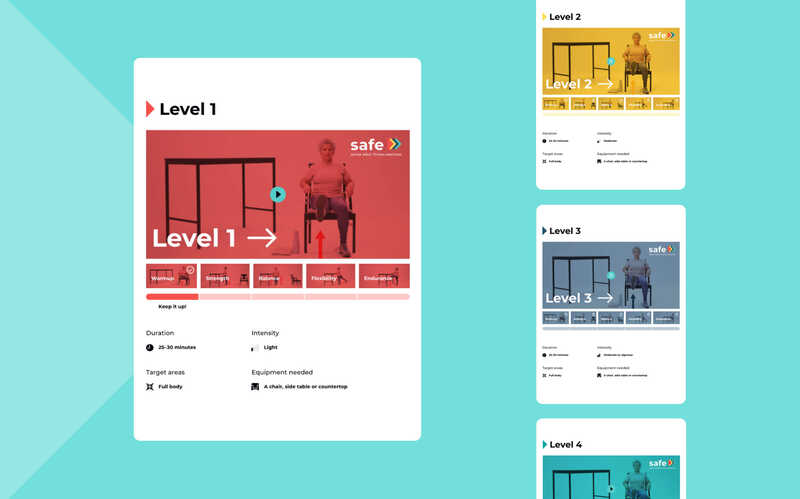

Different Strokes for Different Folks
There is no one-size-fits-all approach to developing brand voice and tone. Every company and organization is different. Not everyone will need to hire an agency to help them develop a solid brand identity, but larger entities with more complex audiences can indeed benefit from some agency assistance. If that sounds like you, we’d love to hear from you.
Of course, developing a brand voice and tone is only part of the process. That voice needs to be maintained, and this requires internal mechanisms and organizational discipline. A finely tuned brand voice should be something that members of an organization or company feel a sense of pride and ownership in, which will make them want to uphold it – in everything from their copywriting to their one-on-one interactions with customers.
Not everyone will be the next NASA in terms of global visibility. However, by really getting to know yourself and your audience and by engaging in some of the creative processes described above, anybody can create a memorable brand voice that will help you build long-lasting relationships with your customers.
Got something to say about brand voice and tone? Do you completely disagree with us? We encourage you to send us your bouquets and brickbats alike on Twitter at @evolvingweb and we would be happy to respond.

